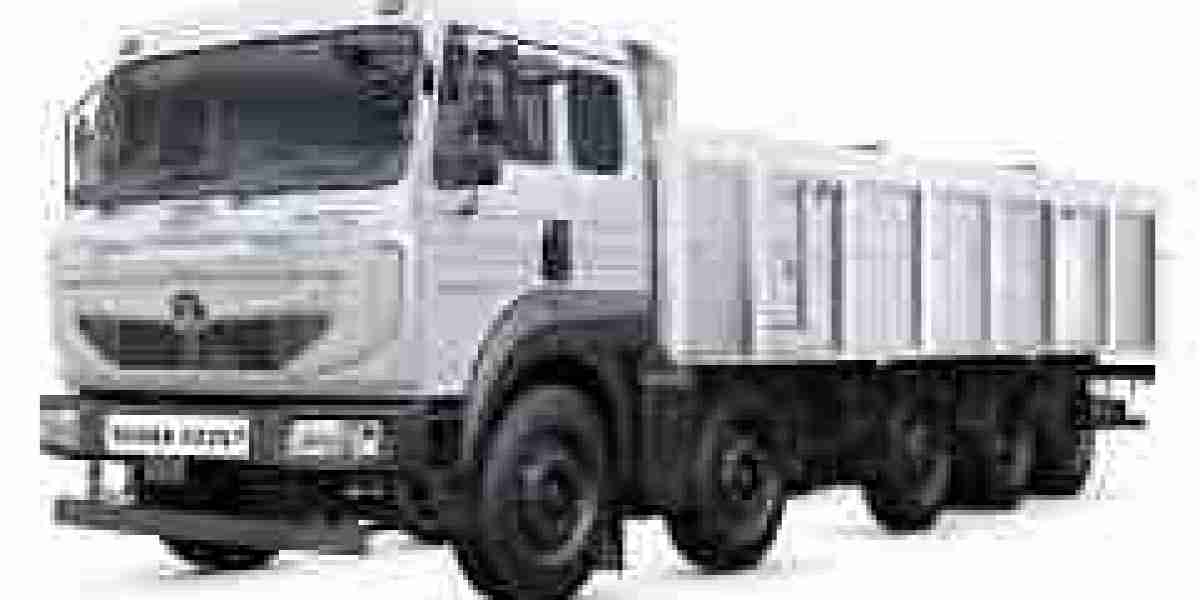The automotive foams market is experiencing robust growth driven by increasing consumer demand for lightweight, fuel-efficient, and safe vehicles. Automotive foams play a vital role in various vehicle components such as seating, insulation, safety systems, and interior design. Forecasting demand for automotive foams across different vehicle types is essential for manufacturers and suppliers to strategically align their production capabilities and meet the market’s evolving needs. This article explores the forecasted demand for automotive foams across various vehicle categories, such as passenger cars, commercial vehicles, and electric vehicles (EVs).
1. Passenger Cars: Dominating Demand for Automotive Foams
Passenger cars account for the largest share of the automotive foams market. These vehicles require significant amounts of foam for seats, headrests, armrests, insulation, and other interior components. With rising consumer demand for comfort, safety, and improved fuel efficiency, the demand for automotive foams in passenger cars is expected to grow steadily over the forecast period. The push toward lighter vehicles to improve fuel economy and reduce emissions drives the need for lightweight foam materials, such as polyurethane and polyethylene foams, in these applications.
In addition to fuel efficiency, passenger car manufacturers are incorporating innovative foam solutions to enhance vehicle safety. Foam materials used in crash protection, such as energy-absorbing foams for bumpers and door panels, are projected to see increased demand. As stringent safety regulations continue to evolve globally, manufacturers are expected to use more advanced foams that meet high safety standards. The growth of autonomous and connected cars is also expected to boost demand for specialized foam materials in new interior components.
2. Electric Vehicles (EVs): Surge in Demand for Advanced Foams
Electric vehicles (EVs) are a rapidly growing segment within the automotive industry. The transition from internal combustion engine (ICE) vehicles to EVs is a significant driver for the automotive foams market. The demand for lightweight materials is particularly critical in EVs, as reducing vehicle weight enhances energy efficiency and extends the vehicle’s driving range. Automotive foams are crucial in meeting these needs, particularly in applications such as battery insulation, noise reduction, seating, and interior trim.
Foams used in electric vehicles must also meet specific requirements related to thermal insulation and safety. For example, foams are used in battery packs to prevent overheating and ensure safe operation. With governments worldwide incentivizing EV adoption through subsidies and tightening emissions standards, the demand for automotive foams in this segment is expected to grow substantially over the coming years. As EV adoption accelerates, manufacturers will need to develop advanced foam solutions that cater to the unique demands of electric propulsion systems.
3. Commercial Vehicles: Steady Growth in Foam Demand
Commercial vehicles, including trucks, buses, and vans, represent a significant segment of the automotive foams market. These vehicles require a wide variety of foam applications, from seat cushions and headrests to insulation and noise-dampening materials. The demand for automotive foams in commercial vehicles is projected to grow at a steady pace, driven by the need for enhanced comfort, safety, and durability in these larger, heavy-duty vehicles.
Commercial vehicles must comply with stringent safety and emissions regulations, prompting manufacturers to adopt lightweight materials to reduce fuel consumption and emissions. Foam manufacturers are increasingly focusing on providing durable, high-performance foams that can withstand the rigors of commercial vehicle usage while improving comfort and safety. As the logistics and transportation industries continue to grow, so will the demand for foam materials in commercial vehicle manufacturing.
4. Luxury and High-Performance Vehicles: Demand for Premium Foams
Luxury and high-performance vehicles require specialized foam solutions that deliver superior comfort, aesthetics, and performance. These vehicles often feature advanced foam materials for seating, sound insulation, and noise reduction. The increasing focus on comfort, quality, and high-end features in premium vehicles is expected to drive growth in the demand for automotive foams.
In addition to comfort, luxury vehicles are increasingly incorporating advanced foam technologies for safety and lightweight applications. With the integration of innovative foam materials that provide superior energy absorption and impact resistance, manufacturers are striving to enhance vehicle safety while reducing overall weight. As consumer spending on premium vehicles rises, the demand for specialized foams in this market segment is expected to see substantial growth.
5. Future Trends and Opportunities in the Automotive Foams Market
As the automotive industry continues to evolve, several trends are expected to shape the demand for automotive foams across vehicle types:
Sustainability: There is an increasing emphasis on eco-friendly, recyclable, and bio-based foams. This trend will drive the development of new foam materials that meet both performance and environmental standards. The growing adoption of sustainable foams in passenger cars, EVs, and commercial vehicles will further accelerate market growth.
Weight Reduction and Fuel Efficiency: Lightweight foams will continue to be in high demand across all vehicle types, as automakers seek to meet fuel efficiency targets and reduce vehicle weight for improved performance and lower emissions. This trend is particularly significant in EVs, where weight reduction directly impacts battery efficiency and driving range.
Advanced Manufacturing Technologies: Innovations in foam production, such as 3D printing and advanced molding techniques, will allow for greater design flexibility and the creation of custom foam solutions for different vehicle types. These advancements will open up new opportunities for manufacturers and improve foam material performance.
Customization and Comfort: As consumer expectations for comfort and personalization grow, automotive foams will play a more significant role in creating tailored interior experiences. Customizable seating and interior foam components that adapt to individual preferences will be a key area of growth, especially in the luxury vehicle segment.
Final Thoughts
The automotive foams market is poised for strong growth across various vehicle types, with passenger cars, electric vehicles, and commercial vehicles leading the charge. As vehicle manufacturers strive to meet regulatory requirements, enhance safety, and deliver superior comfort, the demand for advanced foam materials will continue to rise. The shift toward lightweight, eco-friendly, and high-performance foams will drive innovation and shape the future of the automotive industry, offering ample opportunities for manufacturers to explore new materials and technologies.



